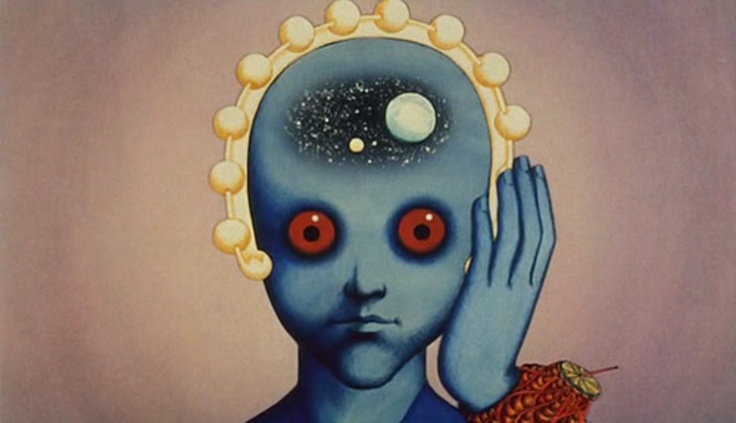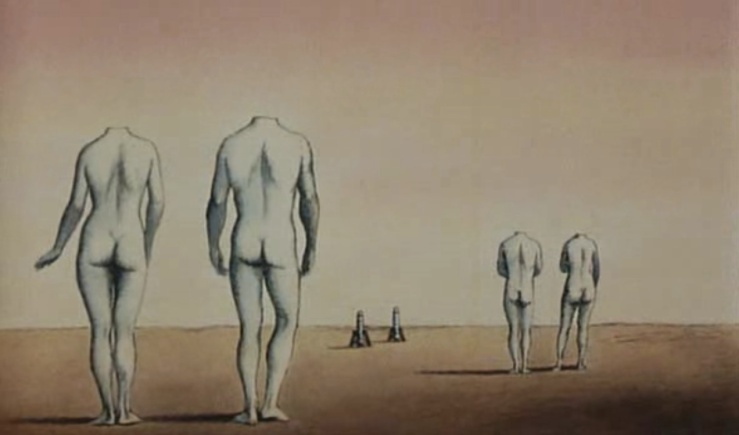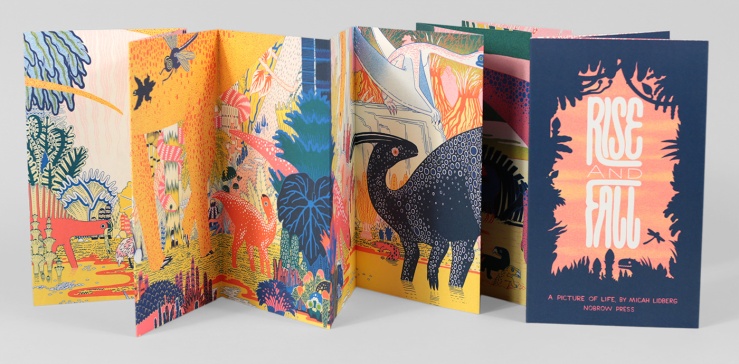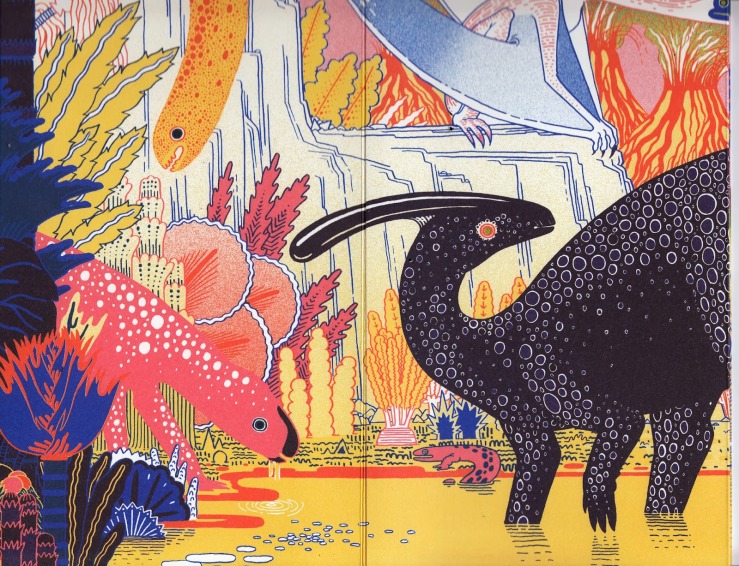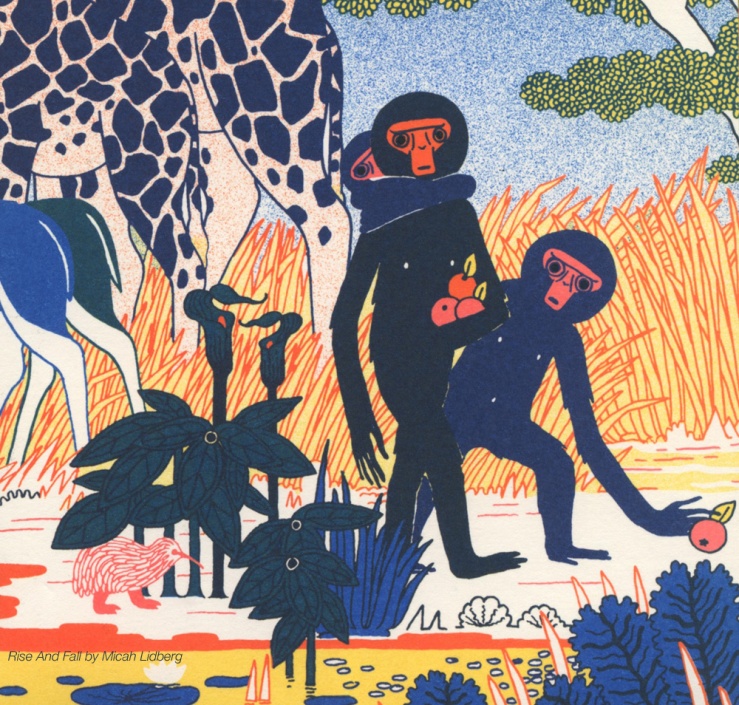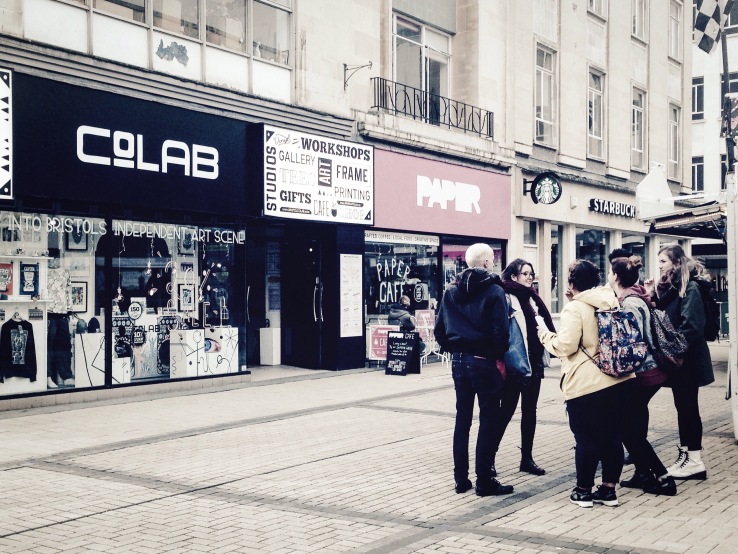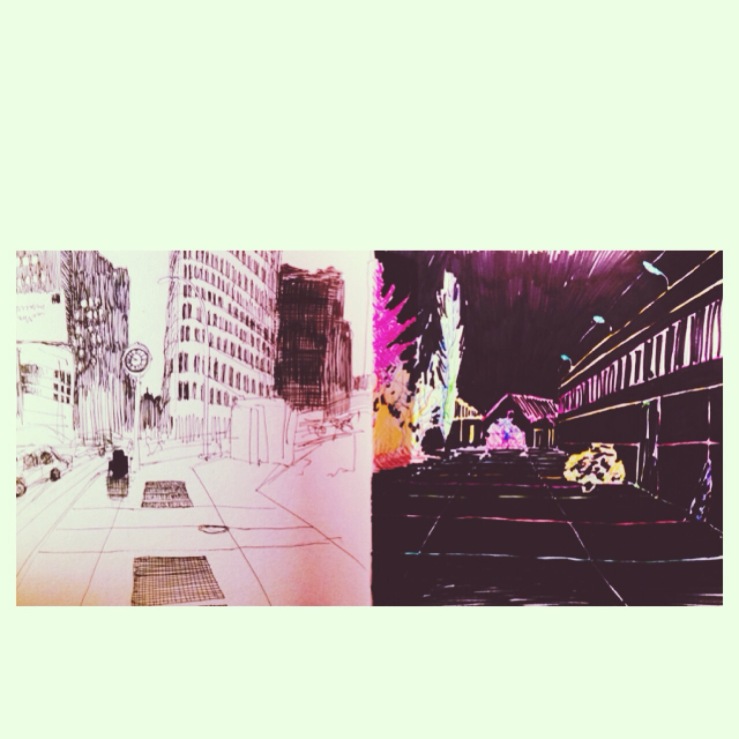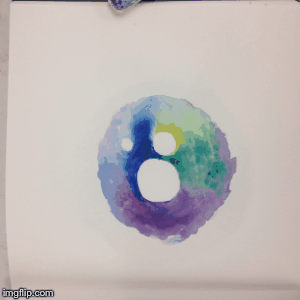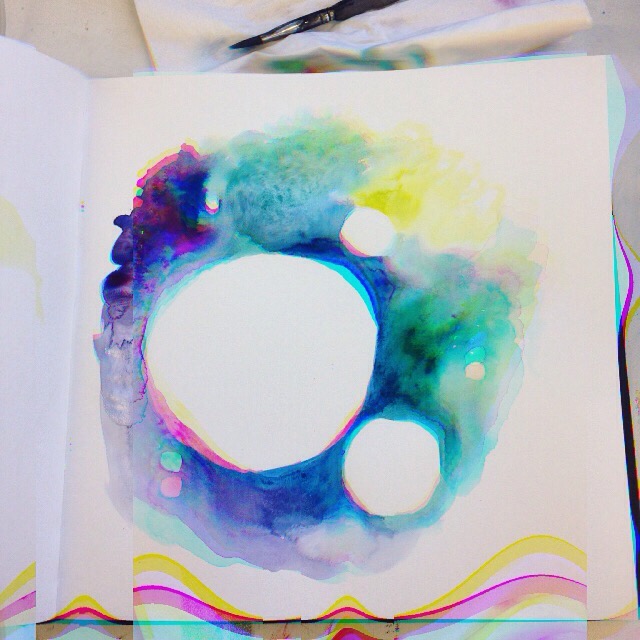In the context of Constellation the past year has been nothing but pivotal and excruciatingly heavy – stress became a key word and there was no way to truly relax even during breaks and holidays. This time last year we were having our first lectures about what our dissertation is and how we should be starting to think about it. Most of us left those lectures even more confused than when we entered. At least that entire process started early enough to allow us enough panic time before we had to actually sit down and get some work done.
It took me a while to find what I wanted to write about. Not because I had no ideas but because I had too many to choose from. We were instructed to write about something we love and wouldn’t get bored of easily. It was difficult to align that with my idea to write about something I find important or at least inspirational. I could’ve chosen to write about anime and gone on and on and on about Studio Ghibli, Akira and all the rest of my favourites, I could’ve written about comic books and the ways they influence our lives, and gone on to analyse the works of Moebius, Crumb and so many more. I could’ve gone into tarot cards and alchemy and all the illustrated manuscripts, which were the basis for modern scientific practices. I could have written about so much… but I didn’t. I chose to focus on perhaps the one topic, which could never be truly explored in its totality because its subject is infinite in essence.
Once I truly started thinking about it the answer appeared in my mind, as if on its own. Memories started re-emerging of my 12-year-old self tirelessly writing lists upon lists of gods and goddesses and what their powers were and which mythology they were from, grouping them in all sorts of ways. As soon as I remembered my notebooks and attempts at storytelling, I knew that it had to be something to do with all that. I wanted to relate the idea to my practice, I am in art school after all, so perhaps I should look at the visual side of the matter – that made for the initial question: Why do we visualise gods and goddesses the way they do? In essence, I did not agree with the idea that each divinity was meant to look in a specific way – why does Aphrodite have blond hair, why does Zeus have to have a big bushy beard, why are they curly, why aren’t they fat, questions of all sorts, often shallow and not necessarily promising. But every brainstorming session is bound to produce more than several ridiculous bits and pieces. Eventually, the question morphed to Why do we even depict them as human? As being existing in different dimensions, it makes no sense for them to be limited to such a thing as the human body, and surely they can’t be defined by its appearance. So why do we put so much emphasis on the depiction of a form, which is just one of the many shapes a god can take within our world?
God and religion aren’t topics I enjoy talking to people about, mainly because of the endless disagreements on the matter. I don’t particularly enjoy having to put concepts like “GOD” into academic terms and definitions, as it is not only impossible but purely ludicrous to “define” something which is undefinable by definition. People love talking about god, up in the sky, judging form his throne in the clouds; they also love drawing and picturing the old man with his beard and stern face and robes and sandals. Perhaps this is why I never found the appeal of religion – you could be completely in touch with nature, and follow basic moral principles, you could be spiritual and devoted to your faith but why do we have to have someone’s restrictive ideas pushed down our throats since day one? How could we allow for such a limitation to our perspectives of the world?
Of course, we all have our own views on the matter and I don’t want to disrespect anyone’s understanding of this highest power – because that is what it ultimately is – a highest form of power, which we all believe in, under one form or another. For some it’s Buddha, others call it Allah, or God, but no matter where we look, there is always a concept of that which is transcendent of everything else – its name and shape are just the product of cultural differences. This is exactly where I’ve rooted my entire question.
Titled Art and the Divine: Visualising the Unimaginable, it is, in essence, an exploration of how gods and goddesses have been depicted throughout time and in different environments. I won’t talk much about the dissertation itself; but it is a piece of work I am immensely proud of, as I never thought I was capable of writing something so consistent and so lengthy. What surprised me the most was that I ended up going over the word limit by about %50, and that was before writing the introduction and conclusion. My topic was more extensive than I’d imagined, even without being as analytical and explorative as I wished. There was so much I wanted to write about and cover, but 10,000 words is barely enough to even get my point started.
I believe our dissertation group was blessed with one of the best possible tutors – Mahnaz Shah. Without her guidance, commentaries and patience, I believe I would’ve lost faith in both my writing and myself a long time ago. It is truly a wonder, to be inspired by your own studies and trusting your own perspective on matters you wouldn’t imagine to ever view academically.
I may have suffered creatively (in Subject and personal projects), but I have to say, every bit of it was worth it – my mind has expanded exponentially and is ready to be filled with even more wondrous ideas.
Here’s the visual cover I did for the dissertation (a test-collage from last year’s Constellation lectures, when we were asked to depict our reality), followed by a short excerpt, which in my opinion manages to sum up the entire piece.
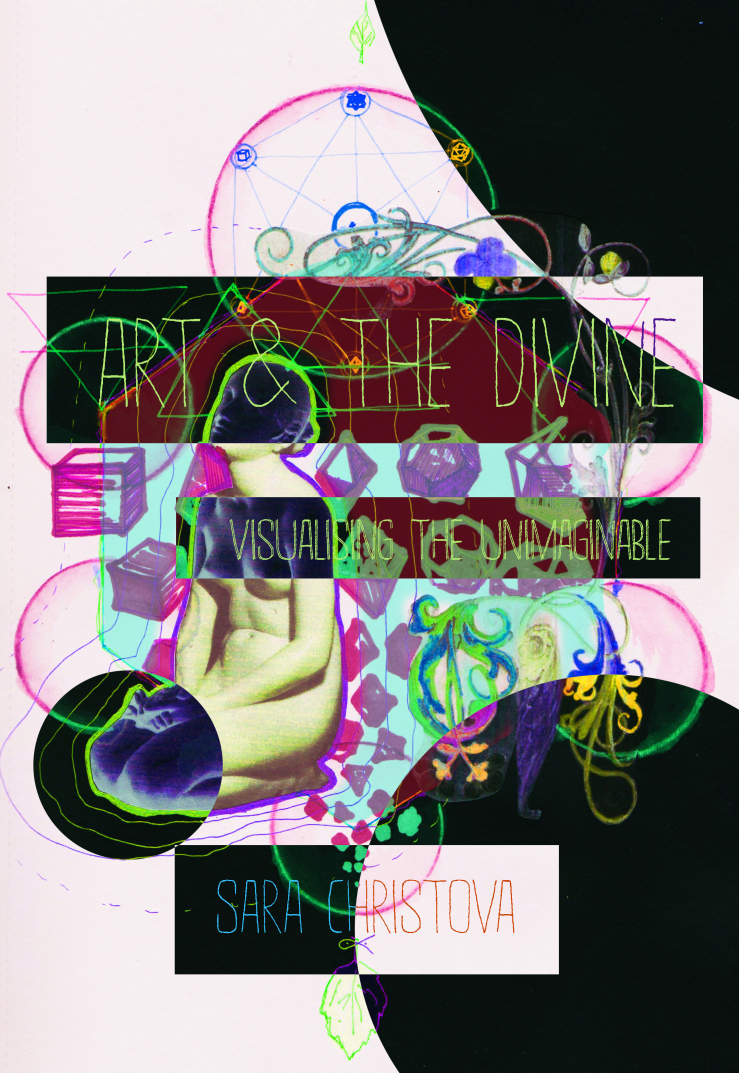
“Perhaps the infinity of depictions of god is symbolic of the infinity which is god. “

 Even though I didn’t sell any of the prints I had on display (I was gutted when I realised I’d forgotten mount board and cellophane pockets) I am really happy to have had the chance to have my work seen by so many people. Hopefully it will have inspired some of them to truly explore and experience their dreams. :)
Even though I didn’t sell any of the prints I had on display (I was gutted when I realised I’d forgotten mount board and cellophane pockets) I am really happy to have had the chance to have my work seen by so many people. Hopefully it will have inspired some of them to truly explore and experience their dreams. :)






 A few months ago while wondering what to watch with a friend of mine, he suggested La planète sauvage. I hadn’t even heard of it before, which made me wonder how many mind-blowing old animations, films and books I haven’t discovered yet. I had to know more. I wasn’t entirely sure what I was agreeing to but I trusted my friend’s judgement (as he doesn’t normally appreciate animations as much as I do), and thank the heavens I did.
A few months ago while wondering what to watch with a friend of mine, he suggested La planète sauvage. I hadn’t even heard of it before, which made me wonder how many mind-blowing old animations, films and books I haven’t discovered yet. I had to know more. I wasn’t entirely sure what I was agreeing to but I trusted my friend’s judgement (as he doesn’t normally appreciate animations as much as I do), and thank the heavens I did.



